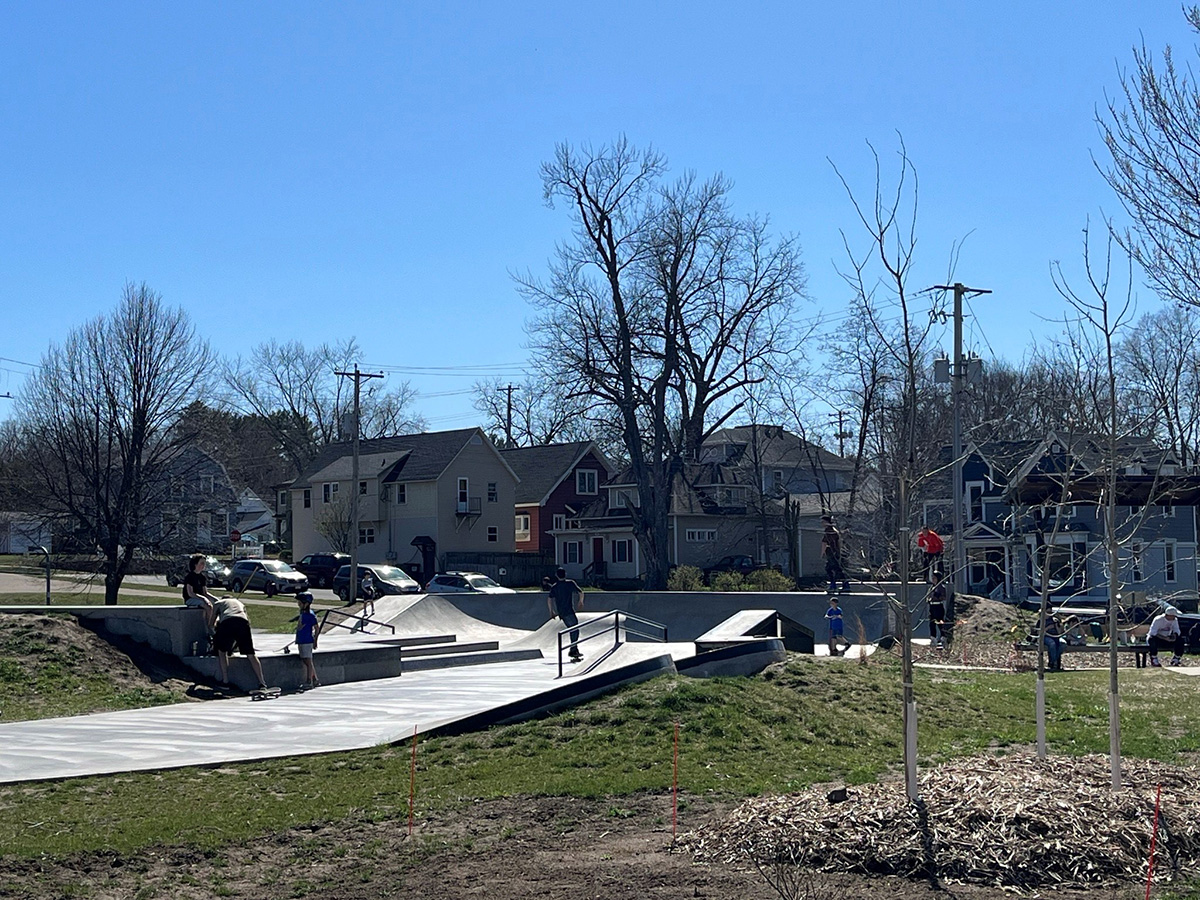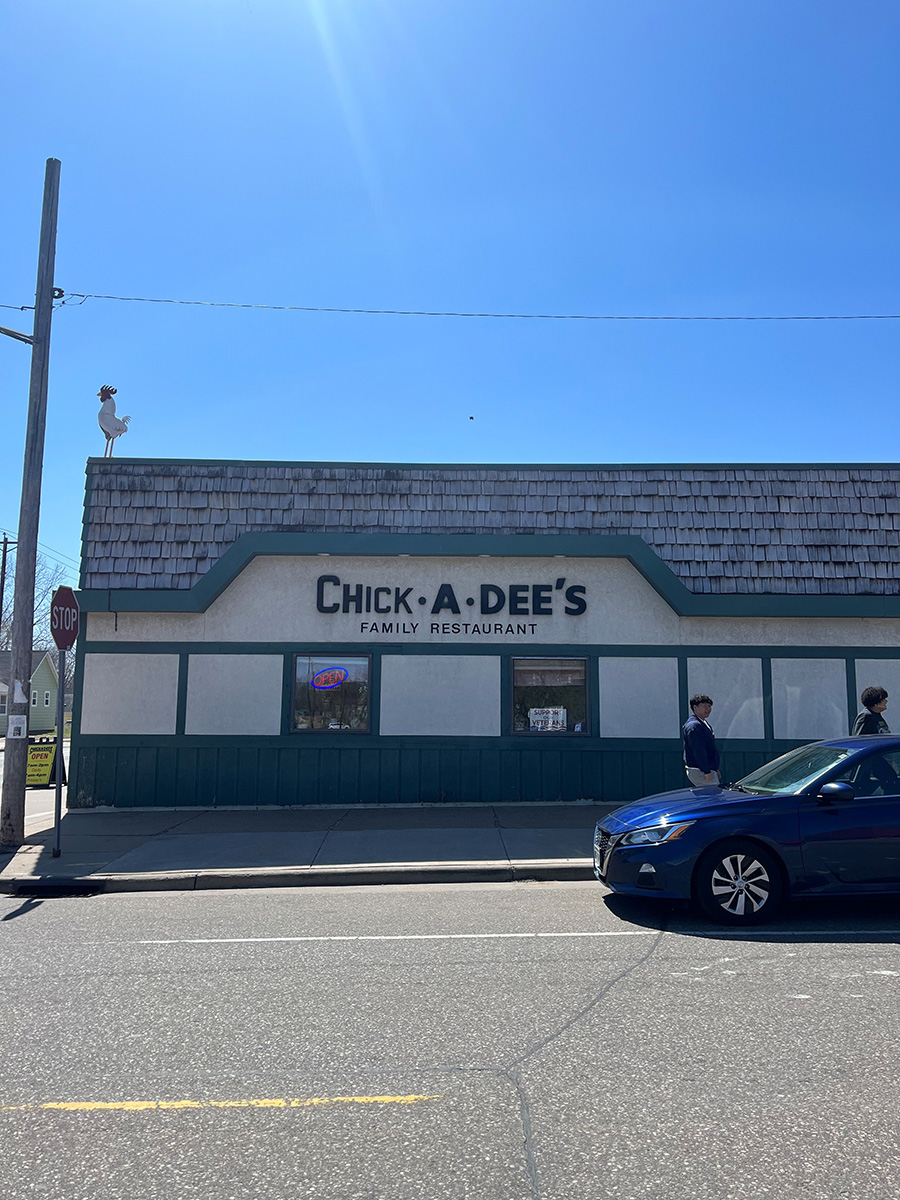Forty-three thousand tons of food are thrown out in the United States each day, according to the Clean Air Council’s Web site. In addition, the Environmental Protection Agency estimates that in 2007, Americans generated about 254 million tons of trash. Of this, 24 percent consisted of yard trimmings and food residuals.
These things do not have to end up in landfills at all. Instead, they could be composted.
So, what is composting?
“Composting is the decomposition of plant remains and other once-living materials to make an earthy, dark, crumbly substance that is excellent for adding to houseplants or enriching garden soil,” according to the VegWeb Web site.
“Food waste is a big part of landfill land usage,” senior Michael Jansen, treasurer for the Foodlums student organization, said. “So if you could cut out that chunk, that landfill would stay viable for many more years. We all know that landfills are overflowing.”
Here is a simple way to begin an outdoor compost pile as explained on the EPA’s Web site:
1. Select a dry, shady spot near a water source for your compost pile or bin.
2. Add your brown and green materials as you collect them, making sure larger pieces are chopped or shredded.
3. Moisten dry materials as they are added.
4. Once your compost pile is established, mix grass clippings and green waste into the pile and bury fruit and vegetable waste under 10 inches of compost material.
5. When the material at the bottom is dark and rich in color, your compost is ready to use (this is usually occurs in two months to two years).
Turning your compost pile every week or two with a pitchfork to distribute air and moisture can help expedite the composting process, according to the Web site.
With winter on its way, composting indoors is also an option. You can build your own bin by following these steps from the EPA’s Web site:
1. Drill 1/2-inch diameter holes in the bottom and sides of a plastic garbage can.
2. Place a brick in the bottom of a larger garbage can, surround the brick with a layer of wood chips or soil, and place the smaller can inside on top of the brick.
3. Wrap insulation around the outer can to keep the compost warm and cover the cans with a lid.
Though it may seem like a lot of work, sophomore Hickory Tate, member of the Foodlums, said that composting is pretty simple. He shares and tends an outdoor compost pile with his neighbor and hopes to begin an indoor one in the future, he said.
Some items that can be composted are coffee grounds and filters, eggshells, fruits and vegetables, shredded newspaper, tea bags and yard trimmings. Items that should not be composted include dairy products, fats, grease, lard, oils, pet waste and meat. These things attract unwanted pests, according to the Composting101 Web site.
For students who do not have the in house or yard space to start composting, the Foodlums welcome any food scraps or yard clippings students want to contribute to their compost piles located in the garden outside of Phillips Hall, both Jansen and Tate said.
For more information on the Foodlums composting projects contact the group at [email protected].
For more information on how to compost and its environmental benefits visit the EPA’s official Web site at http://www.epa.gov/osw/conserve/rrr/composting/index.htm.






